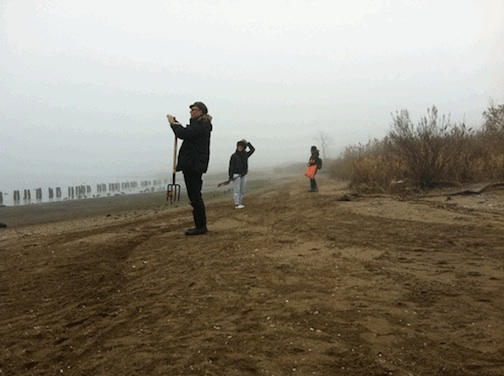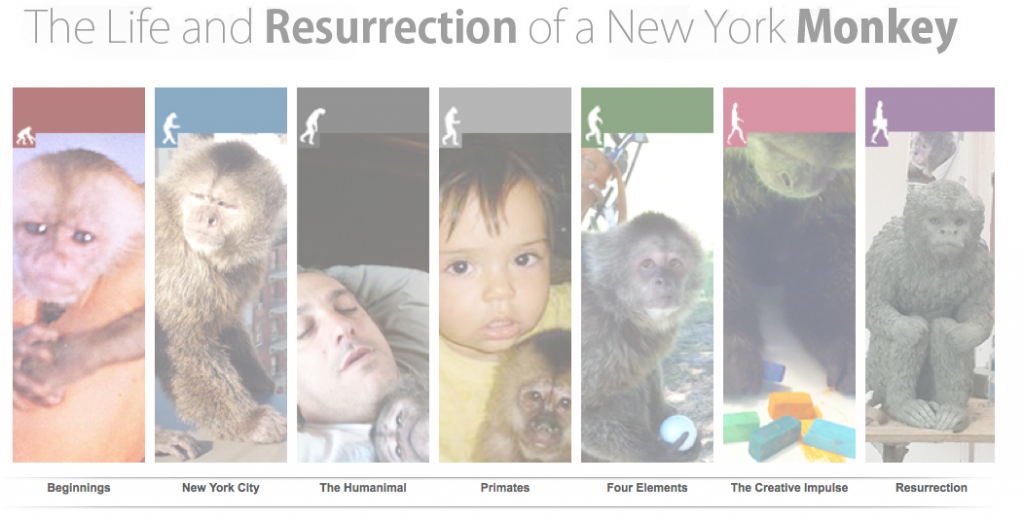From Timothy Morton’s blog Ecology Without Nature, on OOO and meditation:
I’m going to paste here something I wrote for the nonviolence conference on meditation, because it may ring some bells with people. The line of thinking is based on my argument that OOO objects (everything) are fundamentally inconsistent, because of a rift between essence and appearance. This has political implications:
[H]ow does meditation look on the ground, in practice, “where the rubber meets the road” to use the awful bureaucratic phrase? One is allowing one’s thoughts to exist, without trying to delete them. Thus one is allowing oneself to be inconsistent: the mind is making some effort towards mindfulness, yet there are also thoughts occurring that distract the mind. In higher forms of meditation, the practice has less effort. One is simply allowing whatever happens to happen, no matter what the thought is. Some kind of commitment is required, a commitment not to adjust what is happening. This non-adjusting allows beings to resound in all their contradictory plenitude. Since all phenomena radiate from the nature of mind or from Atman (and so forth, depending on which school of thought one is following), all is purified in advance within the larger space of freedom. Purified here means left in its natural state, which is open and vivid. There thus arises what in Mahamudra and Dzogchen is called non-meditation. This non-meditation is different from not meditating, and also different from meditating. It is simply coexisting with what is. Meditation simply is nonviolence, which means allowing the rift between essence and appearance to persist.
In meditation then, one is both p and not-p at the same time. One is a living contradiction, the contradiction that defines living as such. One coexists in the simplest possible way, namely with oneself. Narcissism thus means self-relating, which means other-relating. Since being myself means never directly being myself, my existence is coexistence, even when hypothetically I am totally on my own. Meditation is thus nonviolent, not simply because it means you are trying to make yourself be gentle, but because you are allowing yourself to exist in your inconsistency. In a group of meditators, this nonviolent coexistence becomes vivid. The person on your left might be plotting to take over the Universe. But what on Earth is he going to do about it in that moment? He is meditating!
Meditation means allowing at least one thing to be inconsistent. Allowing the rift between essence and appearance to persist without causing it to close and thus for essence to evaporate. Nonviolence. Humans must get used to the depth of nonviolence in their being. The Greek term for this getting-used-to is mathēsis, which is fully thought not simply as calculation, but as acclimatization, as growing accustomed to the truth of things. The Tibetan for this getting-used-to is gom, which is the term for meditation. In Buddhism there are three stages of learning: hearing, contemplating, and meditating. Hearing is thorough attunement to the dharma. Contemplating is more deeply digesting it into one’s being. Meditating is enacting it, living it, embodying it. This embodiment just is nonviolence, a nonviolence that attunes the layers of a human being—cultural forms, attitudes, psychological states, biological equilibriums, physical being, mind, heart, flesh, bone—to the fundamental inconsistency of reality.


